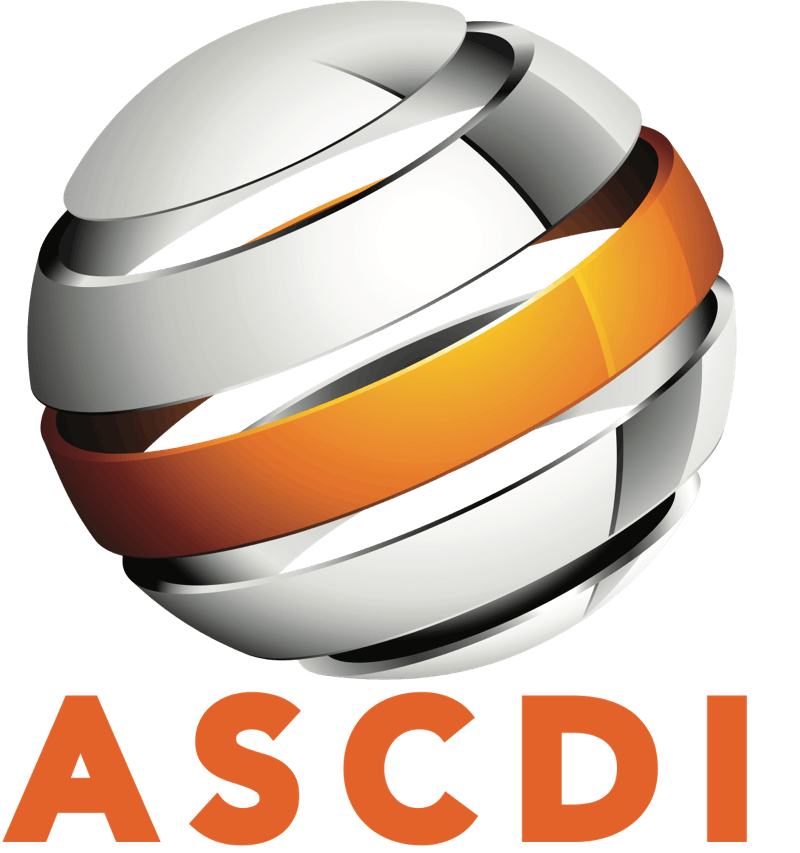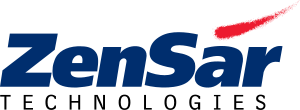In this fast moving world with a lot of technical advancements and innovations, Internet of Things can provide a better experience for customers and growth in revenue for businesses. It has been forecasted that 50 billion devices would be connected to the IoT platform by 2020.
This concept is all about making everything smarter and it includes not only electronics, but anything which is of daily use such as shampoo bottles, kitchen containers, shoes and even clothing. All these can be connected to the IoT platform wherein the data is collected and analyzed to send alerts about product expiry, when it’s time to refill etc.
We can collect a lot of real device data and send it to the cloud where this data can be analyzed to make predictions and also for sending necessary commands to devices for performing the required operations using IoT.
There are a lot of scenarios in which IoT proves to be helpful for both consumers and companies. It can improve user experience for consumers and can also improve operational efficiency, profits and revenue for companies.
The following are some of the examples of IoT-enabled devices:
- A smartwatch, which sends a signal to the car and it unlocks the car doors when the owner comes near it
- A smartwatch, which can also send an alert if anyone forgets his/her phone when they move away from it and can also show the location of the phone
- Devices can know a lot more about their internal state, for example automobiles can automatically call for emergency services in case an accident occurs
- Smart fire alarms can call fire services directly
- IoT applications can also be helpful in home automation, environment management, and disaster monitoring
Let’s explore some insights into IoT:
IoT is basically the concept of collecting device data and storing it in the cloud for further analysis. It is a network of physical objects connected with each other and the cloud.
There are three layers of smart connected products:
Product Layer: This layer consist of the product hardware and software. It includes product hardware such as embedded sensor, processors, connectivity port/antenna etc. and product software as the operating system, on-board software applications etc.
Connectivity Layer: This layer comprises of the network communication protocols, which are the protocols that enable communication between the product and the cloud. It is also comprised of the identity and security mechanism tools for managing user authentication and system access, and securing product connectivity and the product cloud layer.
Application Layer: This layer includes smart software applications that manage the monitoring, control, optimization, and autonomous operations of product functions. These applications are used for displaying device data and performing various automated operations.
Sectors which can benefit from IoT: The sectors that benefit from IoT include:
Automobiles: IoT applications have a huge scope in the automobile industry. It is predicted that 90% of cars would be connected to IoT by 2020. It is essential to collect vehicle data for maintaining its health and also for allowing manufacturers to have a better understanding of the operations of the car.
Recently, Honda Cars have partnered with IBM Watson to enhance Honda Connect. Honda Cars India have planned to make the existing Honda Connect platform better through the IoT of IBM’s Watson for providing new improved features and services.
Retail: The second sector which is integrating with IoT is retail. This is because of the need to leverage data to help consumers have a richer experience. Retailers can get more visibility about customer functions through IoT. They can also create a 360-degree view of retail stores and know where to place the product and how to manage stores.
Amazon uses this technology to provide a just-walk-out shopping experience. Just enter the Amazon Go store using its app, pick whatever you want, this will be added to your cart automatically and you can then leave the store. The amount would be charged through the Amazon Go account.
Insurance: IoT applications have a lot of use cases in the insurance sector. The entire industry is moving towards usage-based insurance. IoT can be helpful in calculating personal usage rather than traditional models of risk.
For example, if your car has a sensor and collects data about how you drive, brake and accelerate, that data can be made available to the insurance company and it can decide the insurance premium based on this data. If a person drives normally, the premium is less; on the other hand if a person drives rashly, then the insurance premium is higher.
Electronics: Many electronics companies are embedding sensors in their devices for collecting data. This data helps with maintenance of the device and by providing new offers and better services to the customers.
For example, sensors embedded by Whirlpool and Electrolux into devices like washing machine and fridges.
IoT facilitates the shift from products to services. Whirlpool wants to provide washing machines as a service based on pay-per-wash. There are many companies who want to move from just products to products and services.

